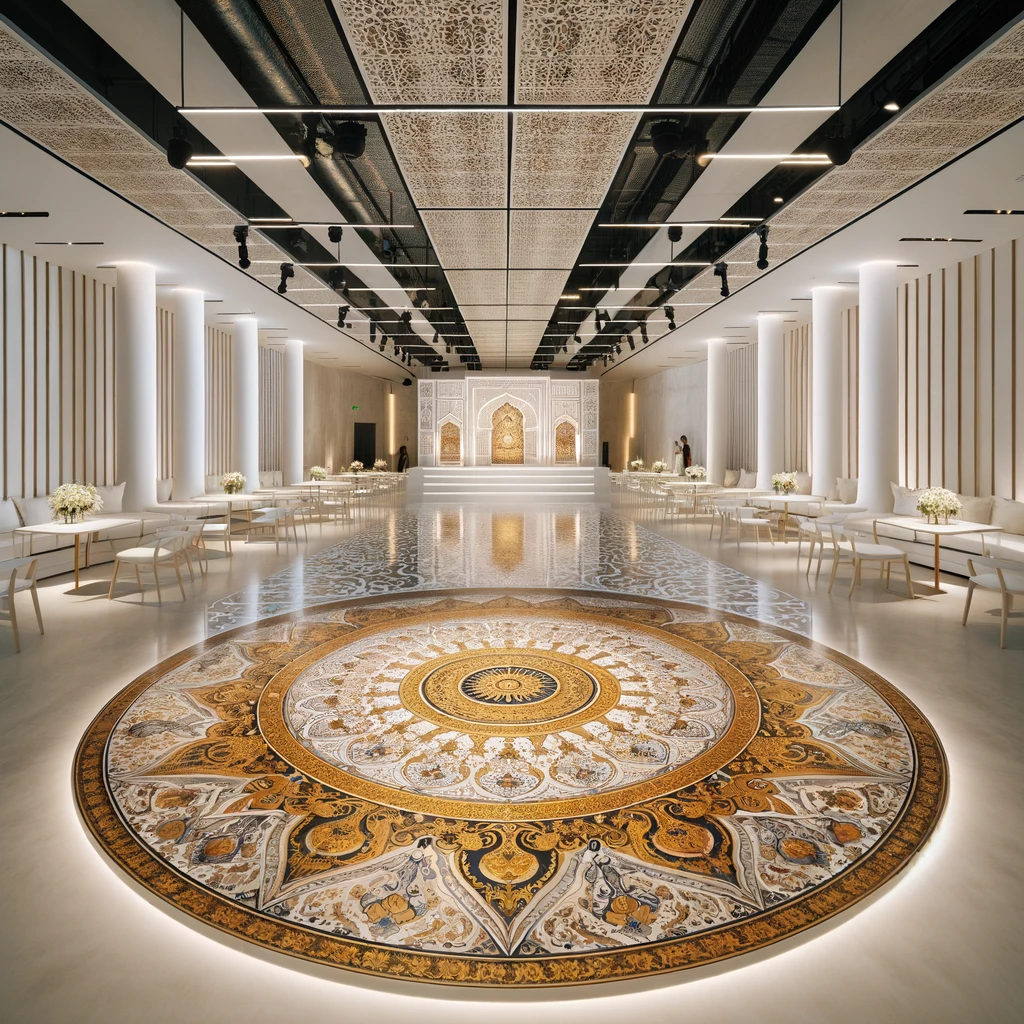One of the primary frequent materials used in contemporary dance floors is LED illumination. LED lamps are energy-efficient and can produce a broad range of hues and effects. They can be embedded in the floor directly or used as part of a illumination system above the dance floor. This technology allows for coordinated light displays that can change in response to the melodies, creating an engaging experience. The capability to program these lights means that they can be customized to match different concepts or moods, making each occasion unique.

Another crucial material is reflective materials, such as mirrors or polished tiles. These surfaces can create an deception of space and dimension, making the dance floor appear larger than it actually is. When dancers move, their reflections can add an additional layer of visual interest, enhancing the overall show. Additionally, reflective surfaces can interact with illumination effects, amplifying the hues and patterns displayed on the floor. This combination of illumination and mirroring can enthrall audiences and elevate the vitality of the event.
In addition to illumination and mirror-like materials, the use of electronic screens has become progressively popular in dance floor design. These screens can show lively images, animations, or even real-time feeds of the show. By integrating electronic innovation, event planners can create a multi-sensory experience that involves both the dancers and the spectators. The capability to change visuals in actual time allows for a fluid environment that can adapt to the rhythm and vitality of the music, making each instance feel new and exciting.
Additionally, the choice of surface substance itself plays a crucial role in the complete experience. Traditional wooden dance floors are still favored for their strength and performance qualities. However, more modern materials like vinyl and elastic are gaining popularity due to their flexibility and ease of maintenance. These substances can provide better impact absorption, reducing the chance of injury for performers. Additionally, they can be designed with various patterns and hues, allowing Read Full Article for creative expression in the dance floor's look.
In conclusion, the transformation of dance floors into stunning visual experiences relies on a combination of innovative substances and techniques. LED lighting, mirror-like materials, electronic screens, and customized flooring materials all contribute to creating an captivating setting for performers and audiences. As technology continues to advance, the opportunities for improving dance floor creation will only expand, making future events even more captivating and unforgettable. Comprehending these substances helps appreciate the craftsmanship involved in creating environments where movement and music come together in unison.